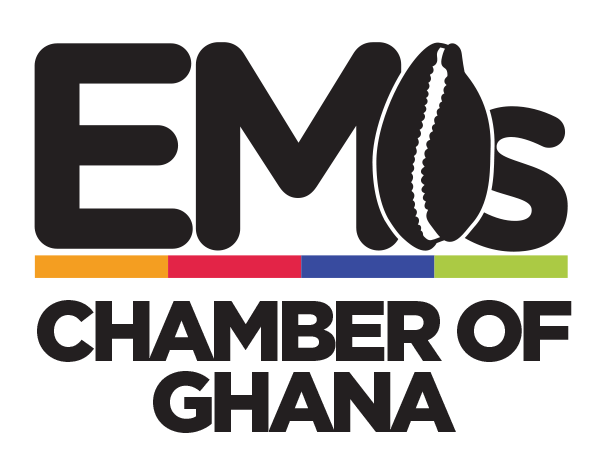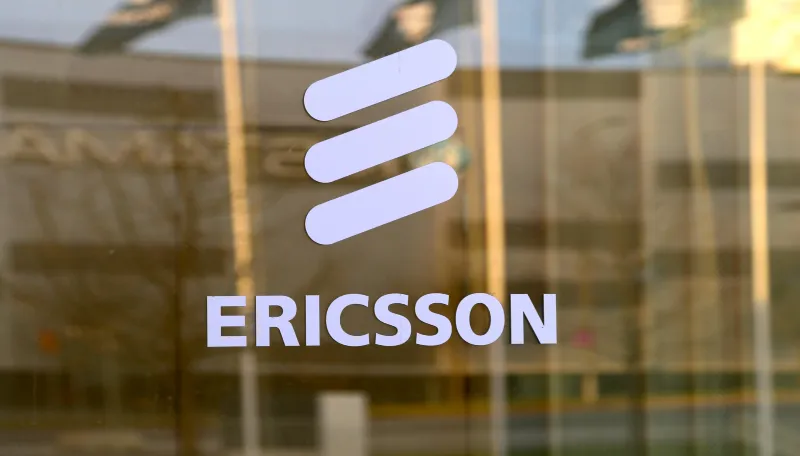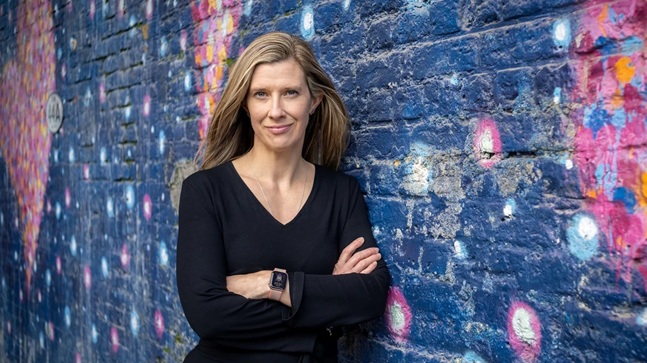Huawei, a leading global provider of information and communications technology (ICT) infrastructure, has announced the signing of a cooperation agreement with Telecom Egypt – WE. The agreement aims to equip Telecom Egypt’s network with advanced technological solutions in preparation for the launch of 5G services in Egypt, ensuring high-quality broadband for users. With this collaboration, Telecom Egypt becomes the first operator in Egypt and Northern Africa to deploy innovative outdoor and indoor solutions, including BladeAAU technology with high-bandwidth Massive MIMO (Multiple Input Multiple Output) technology & DIS 5G Solution with the new (pRRU) Pico Radio for indoor solution supporting multiband.
Huawei is integrating BladeAAU technology into Telecom Egypt’s network, which will optimize space utilization for antenna installations on Tower and lay the foundation for future 5G advancements. Additionally, Telecom Egypt is implementing the first 5G Digital Indoor System (DIS) in the region, utilizing three frequency bands and V-MIMO (Virtual Multiple-Input Multiple-Output) technology. Initial 5G tests have demonstrated exceptional user experiences, with throughput speeds exceeding 300 Mbps.
As Telecom Egypt extends its 5G network coverage, it prioritized optimal Outdoor & indoor coverage, particularly for high-value users. BaldeAAU MM 64T was equipped to meet the requirements of future capacity in Egypt and provide a multiple times higher capacity of 5G traffic, meanwhile Digital Indoor Systems (DIS) have become the preferred choice over traditional Distributed Antenna Systems (DAS) due to their superior capacity and enhanced user experience.
The signing of the cooperation protocol comes within the framework of Huawei’s strategy, which accentuates the great importance of developing the ICT infrastructure in Egypt and supports digital transformation plans by providing the latest innovative technologies.
Additionally, the cooperation is in line with Telecom Egypt’s vision that aims to become a leading ICT operator by investing in establishing high-quality 4G/5G collaborative networks. In compliance with the current developments and launch of 5G networks. In addition, it will increase DOU (Dataflow of Usage) using data throughput and provide the users with communication services and better data transmission.
Mohamed Nasr Eldin Telecom Egypt CEO expressed his delight of signing the cooperation protocol with the leading Huawei to equip WE and develop its capabilities laying the groundwork of 5G and the launch of its various services. He said:
We are proud to cooperate with Huawei, which is a strategic partner for us in localizing the ICT industry and implementing the digital transformation strategy in Egypt. We are also pleased that Huawei with its expertise in this field will enable us maintain our leading position in providing the latest and best technological solutions to our customers and offering high-quality 5G services.
– Mohamed Nasr Eldin, CEO, Telecom Egypt
We are pleased to cooperate with Telecom Egypt, as this cooperation affirms the confidence and assurance in our ability in providing the best leading solutions worldwide to prepare Telecom Egypt’s network to lay groundwork for 5G, in addition to the growth of 4G.
– Mr. Benjamin Hou, CEO, Huawei Egypt
He pointed out that the innovated technology either MM 64T Blade Antenna or DIS 5G was equipped to meet the requirements of future capacity in Egypt and provide higher capacity of 5G traffic. He also assured that Huawei is keen on gearing all its efforts and innovations to provide the best services in the field of communications, in order to support economic development, being in line with the government’s vision towards developing ICT industry in Egypt.
Telecom Egypt is keen to spread modern communication technologies, including high bandwidth of the TDD 2.6 GHz band with MIMO Technology, aiming to provide users with an ideal experience of using networks, as well as the technologies and the updates that Huawei creates to achieve unparalleled communication services.
Source: Extensia











